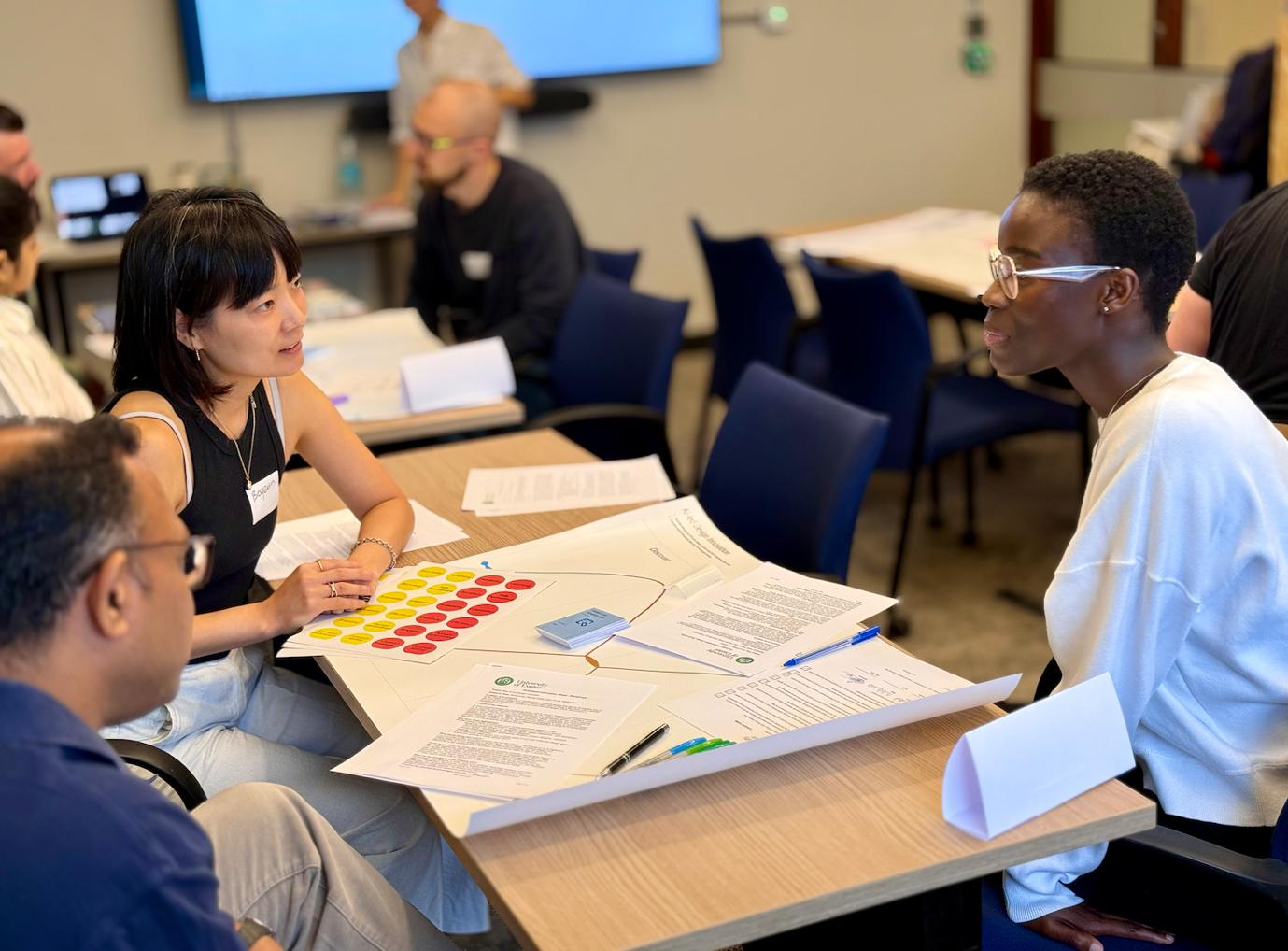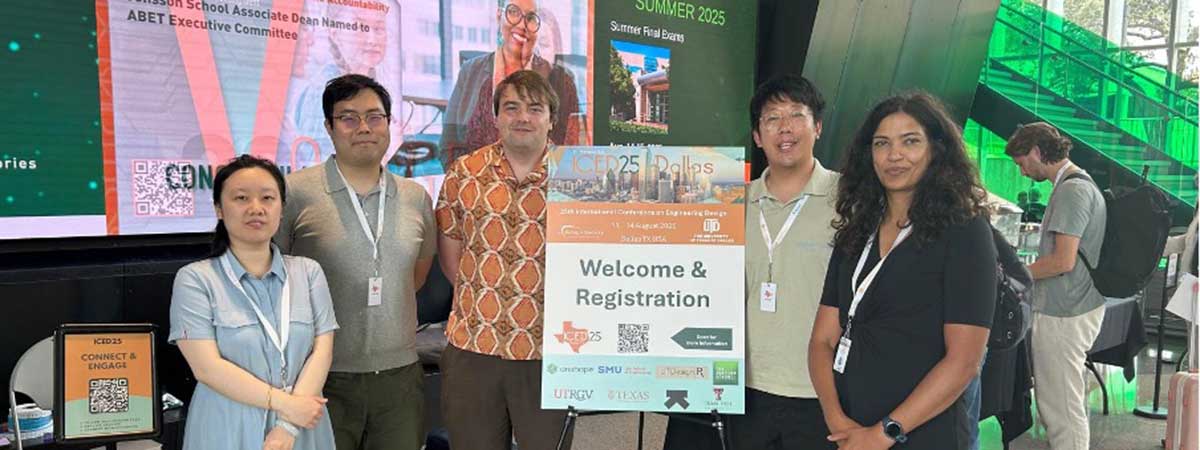The increasing availability of data provides opportunities to improve, optimise and reduce waste in current systems, products and processes. One of my research interests lies in understanding how data can be used to innovate, create, customise, or design products and experiences – as opposed to optimising systems based on available data. Thus, within this context, the use of data to drive design is an ill-defined problem: it is not a game of chess, where there are clear starting positions, the rules of each piece are established, and the goal clearly defined. In contrast, the starting point of ‘which data is needed’ is unclear, and the data is not necessarily available. In addition, the process requires a data-driven process to be established and defined, and many possible solutions exist.
Developing models to draw value from data can be applied to the more intangible aspects of a product. For example, creating and predicting the emotional response to a product. This enables us to predict (and generate) products where the likelihood of customer-purchasing is increased, based on that first visceral response. First, we collect perception data to establish a model, identifying which elements of a product’s design influence our perception of the product, and also understanding which perceptions influence purchasing decisions [1]. From these data, design rules were generated and applied to a case study, resulting in a set of vases designed using generative design algorithms. These were tested through experiments to see if we could successfully predict the user’s perception of the design (in collaboration with the University of Tokyo, and ETH Zurich) [2].
A second piece of research, addressing another ‘intangible’ aspect of design, focused upon how to use data to increase the comfort of a product. This was first developed within the context of headsets, in collaboration with GN Nord. The approach required creating a model to understand which data is relevant, i.e. which parts of the headset and human anthropometric data influence comfort. This model allowed us to collect a dataset (with 200 head scans), and develop a methodology enabling the creation of designs to maximise comfort.
Furthermore, the data can be extrapolated beyond the dataset for a wider population [3,4]. The methodology informs the number of component variants needed to maximise comfort and also how to select representative users for prototype testing. This saves considerable time (reducing the number of prototyping iterations and user testing needed) and cost – compared to relying on the analysis of human geometry of large populations. The approach has been applied to a number of products including the Jabra pulse, leading to winning awards for comfort.
In more recent research, the approach is extended to more complex products. Namely, hand and wrist orthosis, used to stabilise body segments (after injuries, strokes, fractures etc.) to improve comfort. We undertook an observational study of hand therapists as they customised and fabricated orthoses, to identify the relevant data needed [5]. We then developed a soft pressure sensor skin and an AI model drawing together the patient perception of comfort with sensor data, to inform the design of orthosis [6] (in collaboration with Imperial College London).
The approach enables a more efficient customisation of the fabrication of the orthosis, so that the fit is ‘right first time’. This both prevents more expensive and invasive interventions (like surgery), and improves the patient’s comfort [7,8].
These are just some of the opportunities arising from a data-driven approach to design solutions.
References
1. Perez Mata M, Ahmed-Kristensen S, Brockhoff PB, Yanagisawa H (2016). Investigating the influence of product perception and geometric features. Research in Engineering Design, 28(3), 357–379.
2. Mata MP, Ahmed-Kristensen S, Shea K (2018). Implementation of Design Rules for Perception into a Tool for Three-Dimensional Shape Generation Using a Shape Grammar and a Parametric Model. Journal of Mechanical Design, 141(1).
3. Stavrakos S-K, Ahmed-Kristensen S, Goldman T (2016). Using archetypes to create user panels for usability studies: Streamlining focus groups and user studies. Applied Ergonomics, 56, 108–1
4. Stavrakos S-K, Ahmed-Kristensen S (2016). Methods of 3D data applications to inform design decisions for physical comfort. Work, 55(2), 321–334.
5. Tan X, Chen W, Cao J, Ahmed-Kristensen S (2021). A preliminary study to identify data needs for improving fit of hand and wrist orthosis using verbal protocol analysis. Ergonomics, 64(2), 259-272.
6. Tan X, Ahmed-Kristensen S, Cao J, Zhu Q, Chen W, Nanayakkara T (2021). A Soft Pressure Sensor Skin to Predict Contact Pressure Limit Under Hand Orthosis. IEEE Transactions on Neural Systems and Rehabilitation Engineering, 1–1.
7. Richards, Clement, I. Russell, and D. Newington (2018). Acute hand injury splinting – the good, the bad and the ugly. The Annals of The Royal College of Surgeons of England, 100(2), 92–96.
8. McKee, P., and A. Rivard (2004). Orthoses as Enablers of Occupation: Client-Centred Splinting for Better Outcomes. Canadian Journal of Occupational Revue, 71(5), 306–314





